Understanding the Role of a Galvanizing Plant and the Importance of Galvanizing Pots in the Manufacturing Process
In the realm of metal treatment and protection, galvanization plays a crucial role in enhancing the durability and longevity of steel and iron products. A Chinese galvanizing equipment manufacturing company specializes in producing high-quality galvanizing pots and other essential equipment that facilitate this process. To fully appreciate the significance of these components, it is essential to understand what a galvanizing plant does and the specific conditions under which it operates, particularly concerning the temperature of the galvanizing pot.
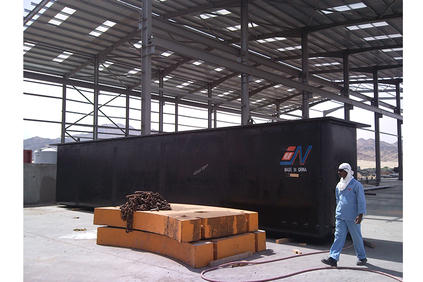

What Does a Galvanizing Plant Do?
A galvanizing plant is primarily involved in the process of galvanization, which is the application of a protective zinc coating to steel or iron to prevent rusting. This process is vital in various industries, including construction, automotive, and manufacturing, where metal components are exposed to harsh environmental conditions.
The galvanization process typically involves several key steps:
Surface Preparation: Before the actual galvanization can take place, the metal surfaces must be thoroughly cleaned to remove any contaminants such as oil, grease, dirt, or rust. This is usually achieved through a series of chemical baths, including degreasing and pickling solutions.
Fluxing: After cleaning, the metal is treated with a flux solution, which helps to prevent oxidation and ensures better adhesion of the zinc coating.
Galvanizing: The prepared metal is then immersed in a galvanizing pot filled with molten zinc. This is where the actual coating occurs, as the zinc bonds with the iron or steel to form a protective layer.
Cooling and Inspection: Once the galvanization is complete, the coated metal is removed from the pot and allowed to cool. It is then inspected for quality assurance to ensure that the coating is uniform and meets industry standards.
Post-Treatment: In some cases, additional treatments may be applied to enhance the properties of the galvanized surface, such as passivation or painting.
The Role of the Galvanizing Pot
At the heart of the galvanization process is the galvanizing pot, a critical piece of equipment that holds the molten zinc. The design and construction of the galvanizing pot are paramount to the efficiency and effectiveness of the galvanization process. A Chinese galvanizing equipment manufacturing company typically focuses on producing high-quality galvanizing pots that can withstand the extreme conditions of the galvanization process.
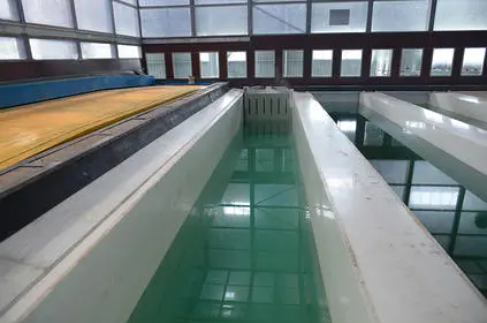
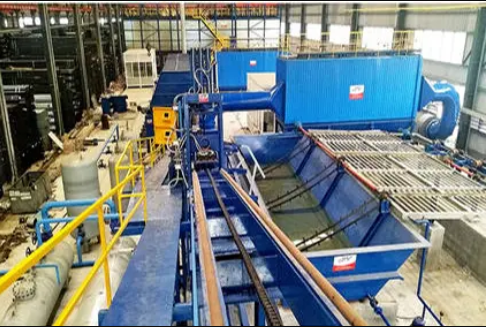
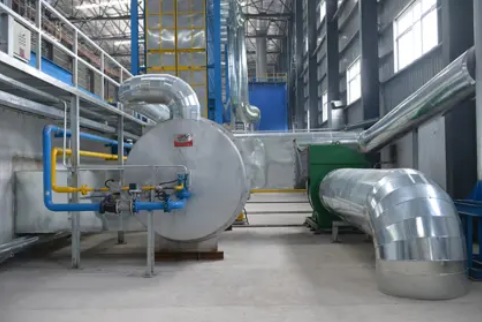
What Temperature is a Galvanizing Pot?
The temperature of the galvanizing pot is a crucial factor in the galvanization process. Generally, the molten zinc in the pot is maintained at a temperature between 450°C to 460°C (approximately 842°F to 860°F). This temperature range is essential for several reasons:
Zinc Fluidity: At these elevated temperatures, zinc remains in a liquid state, allowing for easy immersion of the metal components. The fluidity of the molten zinc ensures that it can flow into all crevices and provide a uniform coating.
Chemical Reaction: The high temperature facilitates the chemical reaction between the zinc and the iron or steel, forming a metallurgical bond that enhances the durability of the coating. This bond is critical for the long-term protection of the metal against corrosion.
Efficiency: Maintaining the galvanizing pot at the correct temperature ensures that the process is efficient, reducing the time required for the metal to be adequately coated. This efficiency is vital for meeting production demands in a fast-paced manufacturing environment.
Quality Control: Consistent temperature control within the galvanizing pot is essential for quality assurance. Fluctuations in temperature can lead to defects in the coating, such as uneven thickness or poor adhesion, which can compromise the protective qualities of the galvanized surface.
The Importance of Quality Equipment
The quality of the galvanizing pot and other equipment directly impacts the effectiveness of the galvanization process. High-quality pots are designed to withstand the corrosive nature of molten zinc and the high temperatures involved, ensuring longevity and reliability.
Moreover, advancements in technology have led to the development of more efficient and environmentally friendly galvanizing processes. Modern galvanizing pots may incorporate features such as temperature control systems, automated handling mechanisms, and improved insulation to enhance energy efficiency and reduce operational costs.
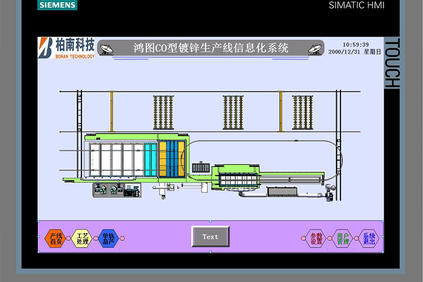
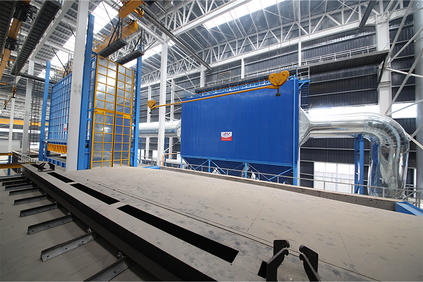
Conclusion
In summary, a galvanizing plant plays a vital role in protecting metal components from corrosion through the application of a zinc coating. The galvanizing pot is a central element of this process, operating at high temperatures to ensure effective coating and bonding. A Chinese galvanizing equipment manufacturing company is instrumental in providing the necessary equipment to facilitate this process, ensuring that industries can rely on durable and long-lasting metal products. As technology continues to evolve, the importance of high-quality galvanizing equipment will only grow, further enhancing the capabilities of galvanizing plants worldwide.
Post time: Nov-01-2024
